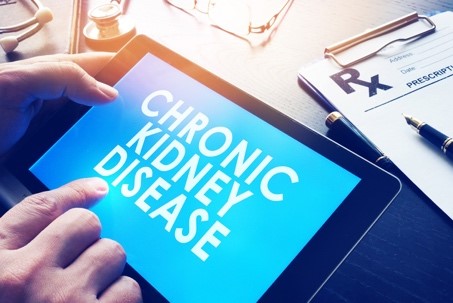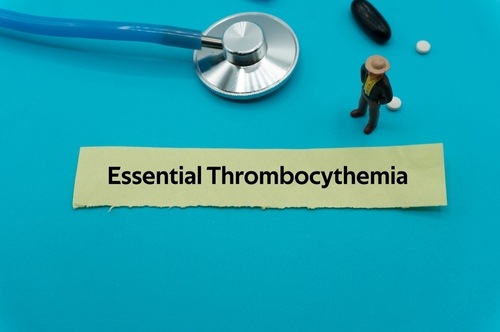
Corticosteroids may be utilized in high-risk patients with immunoglobulin A nephropathy (IgAN) who have greater than 1 g/d of proteinuria despite receiving maximal supportive care.
Results of the Therapeutic Effects of Steroids in IgA Nephropathy Global (TESTING) study reported in 2022 found that methylprednisolone reduces the risk of major kidney events in patients with IgAN at high risk of disease progression compared to supportive care alone. However, the drug is associated with an increase in serious adverse events (SAEs), mainly with full-dose therapy.
It is important to understand the risks versus benefits of a reduced-dose methylprednisolone regimen to inform the safe use of corticosteroids in clinical practice. In Kidney International Reports, Dana Kim, MBBS, FRACP, and colleagues reported findings of a prespecified secondary analysis of the TESTING study evaluating the safety and efficacy of a reduced-dose oral methylprednisolone regimen in patients with IgAN at a high risk of kidney function decline.
The reduced-dose study included participants aged 18 years and older with biopsy-confirmed primary IgAN, an eGFR between 30 and 120 ml/min per 1.73 m2, and a 24-hour urinary protein excretion greater than or equal to 1 g/d despite having received 3 months of maximum tolerated renin-angiotensin system inhibitor therapy.
Between 2017 and 2019, 241 patients were randomized to reduced-dose methylprednisolone 0.4 mg/kg/d or placebo. The mean participant age was 37 years, mean baseline eGFR was 65 ml/min per 1.73 m2, and mean 24-hour protein excretion was 2.48 g/d. The median follow-up was 2.5 years. The primary study outcome was a composite of a 40% decline in eGFR, kidney failure, or death due to kidney disease.
The researchers found that methylprednisolone was associated with fewer primary outcome events than the placebo (7/121 vs 22/120; HR, 0.24; 95% CI, 0.10-0.58; P=.002). In addition, methylprednisolone reduced the rate of eGFR decline and lowered proteinuria from baseline. The mean difference between methylprednisolone and placebo in proteinuria and eGFR from baseline was -1.15 g/d and 7.9 ml/min per 1.73 m2 (P <.001) at 12 months, respectively. However, these positive effects did not last over time. By 4 years of follow-up, no apparent difference between the groups was observed.
Finally, seven SAEs occurred in the methylprednisolone group compared to three in the placebo group (HR, 1.97; 95% CI, 0.49–7.90). This included five infections in the methylprednisolone group and two in the placebo group.
“In conclusion,” the authors stated, “the reduced-dose TESTING study demonstrates that a 6- to 9-month reduced-dose methylprednisolone regimen is associated with improved kidney outcomes and a delay in the progression toward kidney failure for individuals with high-risk IgAN already established on maximal supportive care. However, some increased risk of SAEs likely remains, albeit at a lower rate than with the full-dose regimen.”
Source: Kidney International Reports







 © 2025 Mashup Media, LLC, a Formedics Property. All Rights Reserved.
© 2025 Mashup Media, LLC, a Formedics Property. All Rights Reserved.